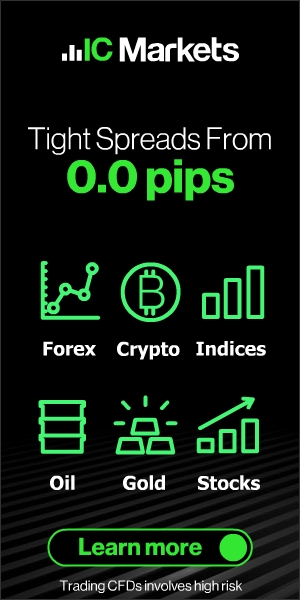
Understanding Forex Trading and the Impact of Energy Prices
- Jonny Smith
- August 2, 2023
- Forex Trading For Beginners, Forex Trading Strategies, Technical Analysis
- Best_forex_broker, ecn, ECN_Forex, forex, forex_brokers, Froex_Demo_Accounts, scalping, Support and Resistance
- 0 Comments
We live in a world that is highly interconnected and often impacted by various economic factors. It’s like a giant, intricate jigsaw puzzle, where every piece impacts the other in unexpected ways. Forex trading and energy prices are two such pieces. On the surface, they might seem unrelated, but dive a bit deeper, and you’ll find a unique relationship that influences the global economic scenario.
A Primer on the Forex Market
Let’s unravel the Forex Market first, shall we? Forex trading, short for “foreign exchange” trading, is like the backstage pass to the world’s economic concert. It’s where currencies dance to the tunes of global economic conditions.
Forex trading involves buying one currency and selling another, often in pairs. Imagine going on a holiday abroad, you exchange your home currency with the local one, right? That’s forex in its simplest form. Now, on a larger scale, this involves banks, corporations, and even countries. The most commonly traded currency pairs include EUR/USD (Euro/US Dollar), USD/JPY (US Dollar/Japanese Yen), and GBP/USD (British Pound/US Dollar).
So, what makes these currency pairs dance? Several factors including economic indicators like interest rates and unemployment data, political stability, and market sentiment. It’s like a recipe, where each ingredient adds a distinct flavor to the market’s dynamics.
Energy Prices: The Powerhouse of the Global Economy
Shifting gears, let’s talk about energy prices. Energy, be it oil, gas, or coal, is the lifeblood of economies. It powers industries, fuels transport, and keeps our homes warm and lights on.
Energy prices refer to the cost of these different types of energy resources. These prices are influenced by a multitude of factors. Simple economics of supply and demand is at the heart of it, of course. However, it’s not just about how much energy we have or how much we need. It’s also about geopolitical tensions impacting energy production, environmental concerns affecting energy policies, and a myriad of other factors.
The significance of energy prices can’t be understated. They’re like a ripple in a pond that starts at the source (energy producers) and touches every corner of the global economic landscape.
The Dance of Forex Trading and Energy Prices
So, you might be wondering, “How do forex trading and energy prices connect?” Well, the answer lies in the intricate web of the global economy. Energy prices, being a significant economic driver, influence the Forex market, making some currencies pirouette while others waltz.
Certain currencies, known as commodity currencies, have their fate intertwined with energy prices. For instance, the Canadian Dollar often moves in sync with oil prices, owing to Canada’s significant oil exports. Similarly, the Russian Ruble is influenced by natural gas prices, as Russia is a leading exporter of natural gas.
Changes in energy prices often lead to Forex market volatility. It’s like a domino effect. A spike in oil prices can lead to higher inflation, impacting interest rates, which in turn, cause currency values to fluctuate. This interplay between Forex trading and energy prices is a dance that every global economy participates in.
Forex Trading Strategies in the Context of Energy Prices
Alright, now that we understand the choreography, let’s learn how to dance! If you’re a Forex trader or aspire to be one, understanding energy prices can be a game-changer. It’s like having a crystal ball that can help you anticipate market movements.
First things first, keep an eye on energy price trends and indicators. It’s like watching the footwork of your dance partner. This can give you insights into potential currency movements.
Hedging strategies can also be useful. These are like dance steps that can help you navigate the market during energy price fluctuations. For instance, you might consider investing in currencies from energy-exporting nations when energy prices are high.
Another helpful tool is the economic calendar. It can provide insights into upcoming economic events that might impact energy prices. Think of it as your dance routine, helping you plan your moves in advance.
Lastly, don’t forget the importance of balancing risk and reward. Forex trading, much like any form of investment, involves potential gains and losses. As the old saying goes, “don’t put all your eggs in one basket”. Diversifying your investments can help manage risk.
Conclusion
So, there you have it, folks! The grand dance of Forex trading and energy prices is a spectacle that impacts us all, directly or indirectly. As an investor or trader, understanding this relationship can help you make more informed decisions.
Remember, though, that the world of Forex trading, much like any dance, requires practice and patience. So, don’t be disheartened if you step on a few toes along the way. Keep learning, stay informed, and you’ll be dancing with the pros in no time!
And on that note, we draw the curtains on this performance. But the dance continues, and so does our journey of understanding. So, stay tuned for more insights into the intriguing world of Forex trading.








